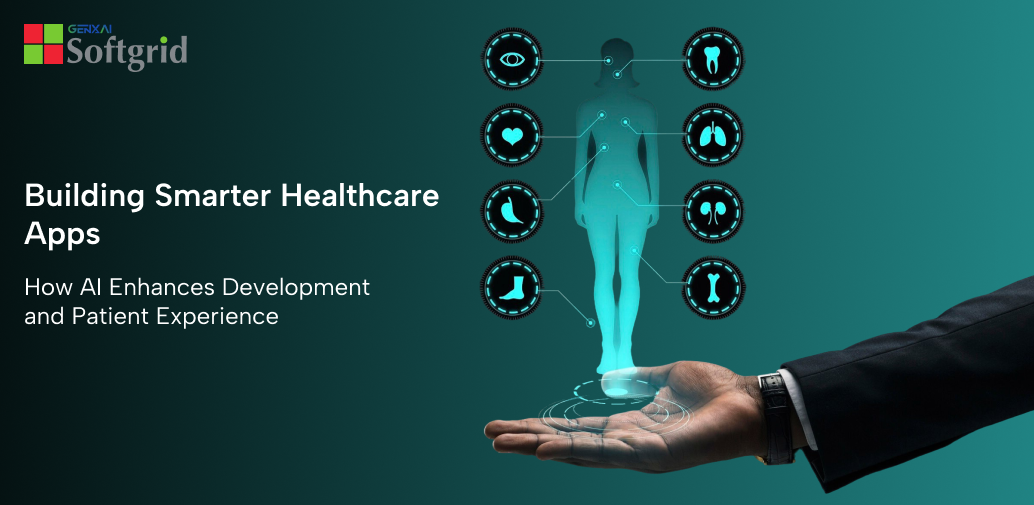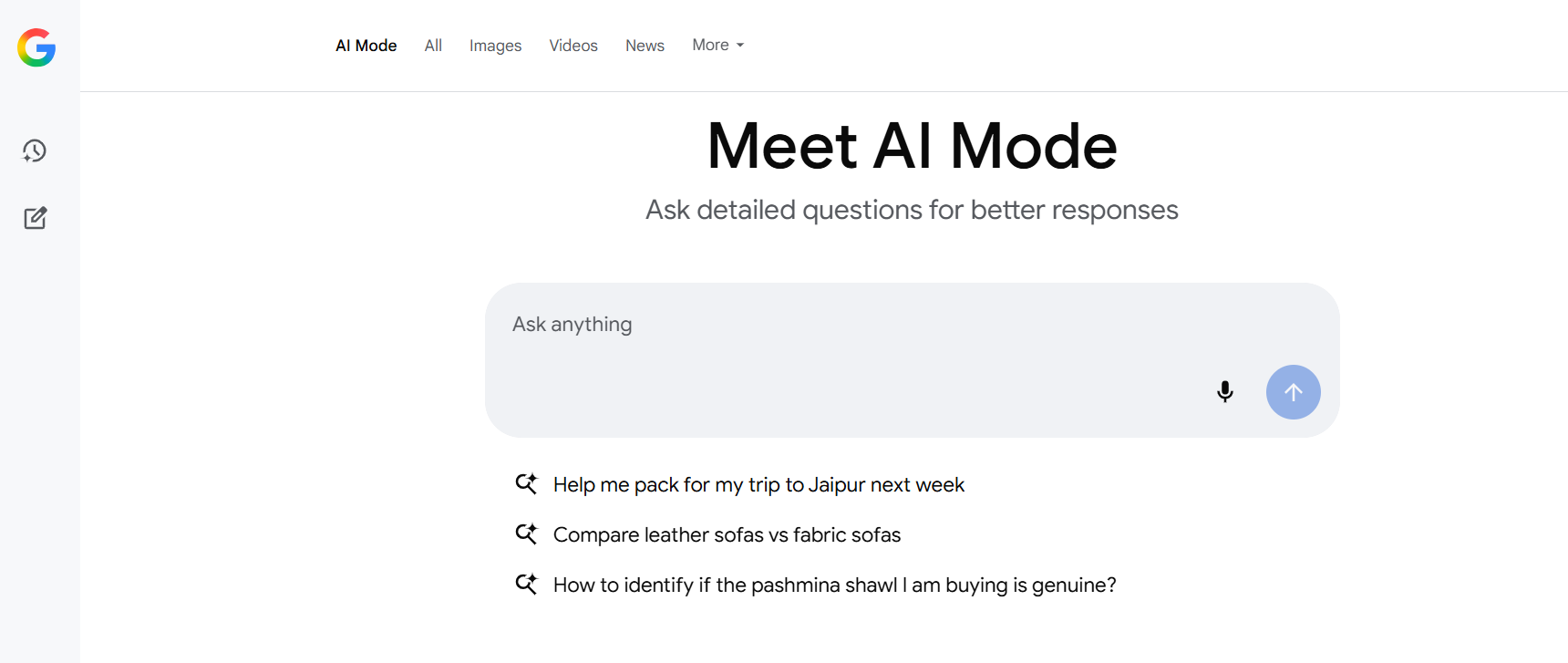As the strain of coronavirus patients is increasing by the day, payers are utilizing partnerships and telehealth solutions to access and address the COVID-19 crisis. The healthcare sector is aware of telehealth’s role in preventing and managing the coronavirus pandemic. The point is to prevent patients from carrying the disease into doctors’ chambers and emergency rooms to seek care. The availability of diagnostic and prescriptive services over a phone call prevents unnecessary visits to the hospital. Telehealth system and offshore healthcare software were less-used tools, yet generated less than 1% medical claims in 2018. Concerning COVID-19 cases and death rates, clinicians believe the virus might serve as a turning point for telehealth in the world.
What are the reasons behind using telehealth applications during the COVID-19 pandemic?
Telehealth applications and healthcare app development have suddenly gained global attention as the coronavirus pandemic unfolds. It offers an essential link between patients and physicians by eliminating the need to travel to overloaded hospitals. Centers dedicated to Medicare and Medicaid Services expanded telehealth coverage to assist patients in seeking virtual care. Physicians, nurse practitioners, clinically equipped psychologists, and medical social workers are offering Telehealth software to nearby healthcare centers.
The aim is to prevent emergency rooms from being overburdened. It is strongly advisable to limit the exposure of health care service providers to infected people. It is wise to lessen the use of masks, gowns, and gloves for workers by encouraging them to stay at home.
The U.S administration is waiving rules that limit doctors of one state from providing telehealth facilities to patients in another. Social distancing efforts play a significant part in disease mitigation. The risk of severe illness is higher among senior people and those suffering from health conditions.
“Necessity is the mother of invention” – Guidelines for promoting healthcare facilities to manage community transmission boosting the effect of healthcare practice in a positive way.
The Centers for Disease Control & Prevention affect the telehealth system positively. Health care facilities and companies developing healthcare apps are exploring alternative ways of face-to-face triage and visits. They include telephone consultations, patient portals, and self-diagnostic tools. Identifying tailor-made care by understanding which patients need to be managed via telephone and which patients need hospitalization. COVID-19 is the tipping point, which emphasizes on the adoption and development of technologies like robust telehealth and online platforms. Programs like hospitals at home and fever hospitals are programs growing rapidly during the quarantine. Suspected coronavirus patients and those affected by respiratory infections are shifted to a well-ventilated space. Redesigning of waiting rooms and waiting area space for patients awaiting treatment.
Hospitals are currently facing an influx of patients, which require private isolation rooms. New ideas and practices need to be developed to step up from the prevailing crisis determining how we plan healthcare settings in the future. Larger efforts of mitigation include making government rules and regulations flexible such that they facilitate better care. Private insurance companies and development companies in India should massively expand telehealth services and telemedicine benefits to all patients fairly.
Is Covid-19 instrumental in boosting the telehealth software?
Telemedicine and telehealth services were formulated and devised as a means of democratizing medicines. It cuts down costs, increases access to care and makes efficient appointments. A survey conducted in 2019 reveals that only 10% of Americans have used telehealth features. The outbreak of the coronavirus has led to extreme measures like mass quarantine to come into existence. Telehealth is enjoying the spotlight and hopes it continues once life hits normalcy.
Telehealth tools and technology as offered by health care plans; private companies, and pharmacies enable us to access services while also practicing social distancing protocols. COVID-19 has been declared a national emergency and opened up many funding channels. Billions in funding have given states a chance to waive regulations.
Coronavirus is relatively new and we do not know about all the factors surrounding transmission and effects. It has caused a great number of deaths and led to uncertainty among patients and the general public. Care can be offered that is commensurate with the nature of symptoms. Referrals can be made as required.

Telehealth helps in providing routine care for all conditions and offset the fears caused due to the spread of coronavirus. Patients having other health care requirements but who fear to go to a hospital are thinking of alternatives. In the fear of catching the COVID-19 symptoms they are migrating to avail telehealth services.
Telehealth as viewed in the current crisis of Covid-19 and the likely future prospects
Telehealth is a weapon to fight against coronavirus. It can not only connect doctors with patients via smartphones and tablets but also provide remote consultations. Home monitoring and medical recorders also offer promising results and approaches to care. Whether the service provider uses telehealth today or not they have a great opportunity to participate in the pandemic. Patients without respiratory conditions also need risk-free access to care. CDC and WHO shall play a role in advocacy efforts about government reimbursements. Telehealth network infrastructure can be a means to strengthen, scale-up, solve geographical issues, and improve surveillance.
Conclusion
Funding international efforts and partnering with pharmaceutical industries is advisable. Research and development in the field of affordable medications and vaccine research is a wise decision. Communication plays a very vital role in such outbreaks therefore efforts should be taken to integrate telehealth with various health information systems. Speed is one key advantage of telehealth. Patients can comfortably be at home and contact physicians through in-house video visits. Brick and motor settings are reserved for needy patients.
Therefore, telehealth has the potential to prevent the spread of coronavirus and stop it from over-stressing our already far stretched medical system. SoftGrid Computers is an Indian company, engaged in healthcare mobile app development. It provides convenient, secure and holistic remote care for patients. With the aid of technology and by adhering to the legal regulatory standards it gives a boost to telehealth. Patient engagement portals are well designed to streamline workflow and strengthening patient care.
The customized app is very user friendly, especially in the current world scenario. The COVID-19 pandemic has opened up great horizons for telehealth solutions and software.

 Web and Full Stack
Web and Full Stack CMS and Frameworks
CMS and Frameworks Online Marketing
Online Marketing Cloud Services
Cloud Services ECommerce
ECommerce Mobile
Mobile



